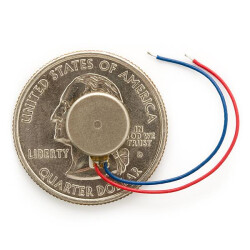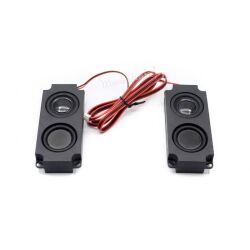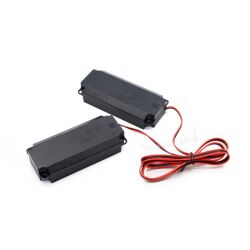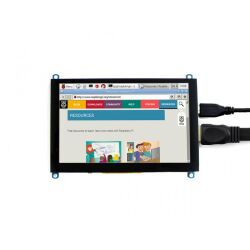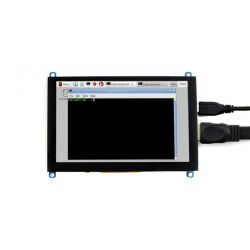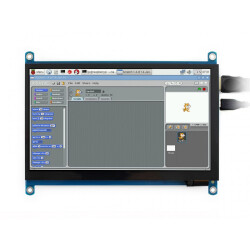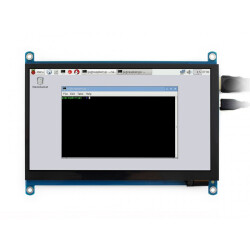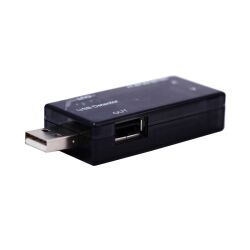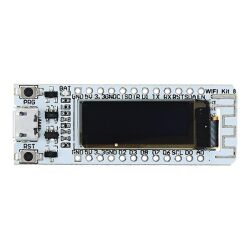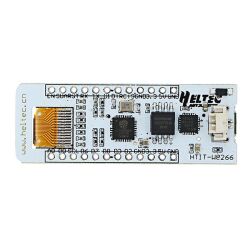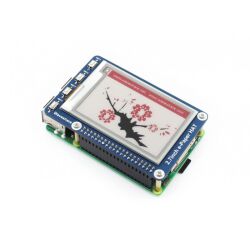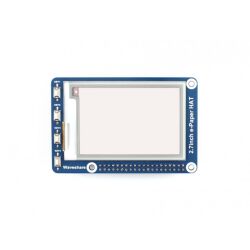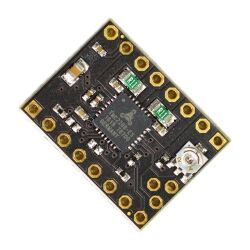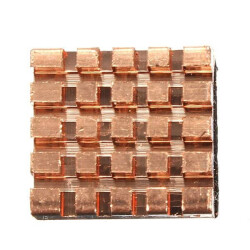Beschreibung
Raspberry Pi TV uHat add-on board lets you receive digital DVB-T2 TV streams on your Raspberry Pi to view them or stream them over a network to other devices
- Any 40-pin Raspberry Pi (including Pi Zero W and Zero WH, provided they have headers soldered)
- Any Raspberry Pi can be used to stream to other devices
- A Raspberry Pi 2 or 3 (or later) is recommended for viewing TV on the Pi itself
- A suitable aerial to receive broadcast TV (not provided)
We have put together a downloadable step-by-step guide to Getting started with the TV HAT, which walks you through the complete setup process.
The Raspberry Pi TV HAT has a DVB-T2 and DVB-T tuner on board, which allows you to receive and decode digital television streams on your Raspberry Pi.
- Sony CXD2880 TV tuner
- Supported TV standards:
- DVB-T2 (1.7MHz, 5MHz, 6MHz, 7MHz, 8MHz channel bandwidth)
- DVB-T (5MHz, 6MHz, 7MHz, 8MHz channel bandwidth)
- Reception frequency: VHF III, UHF IV, UHF V
Product Brief, Mechanical Drawings, and Schematics
Hardware Specifications
More detailed information on Raspberry Pi hardware is available.
Obsolescence Statement
The Raspberry Pi TV HAT will remain in production until at least January 2023.
Operating System
Raspbian Stretch (or later) is required for using the TV HAT. Download the latest version of Raspbian here. For how to install Raspbian, see our online guide to Getting started with your Pi.
Sofware
The software we recommend for decoding TV streams and viewing content is TVHeadend. Instructions for setting this up are in our guide to Getting started with the TV HAT.
Media Player Support
- Kodi
- OMXplayer
- LibreELEC
Compliance
The Raspberry Pi TV HAT has undergone extensive compliance testing and meets the following European standards:
- Electromagnetic Compatibility Directive (EMC) 2014/30/EU
- Restriction of Hazardous Substances (RoHS) Directive 2011/65/EU
View and download global compliance certificates for Raspberry Pi products. If you purchase a TV HAT, you must have the appropriate licence or approval to receive broadcast television in the country of intended use.

